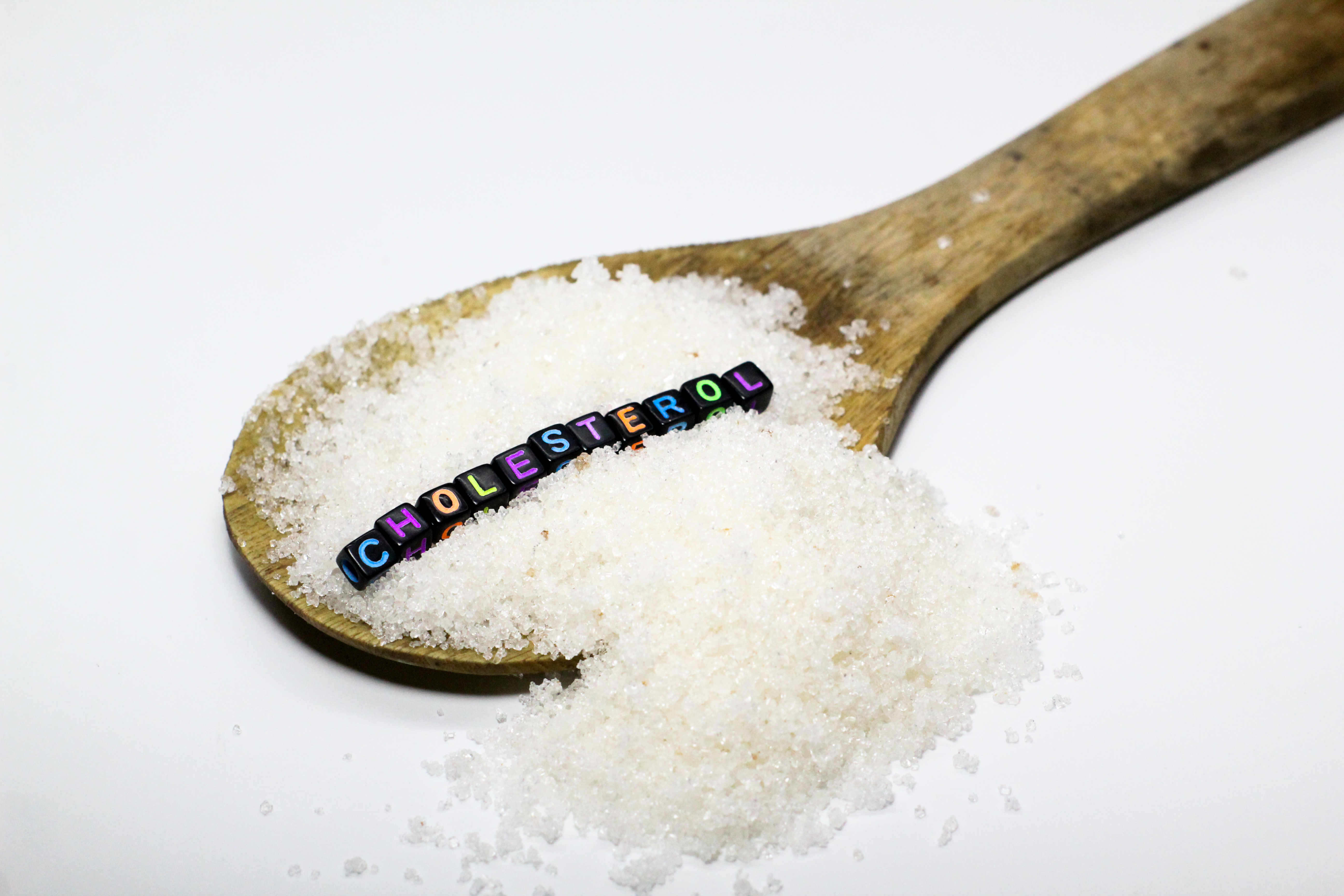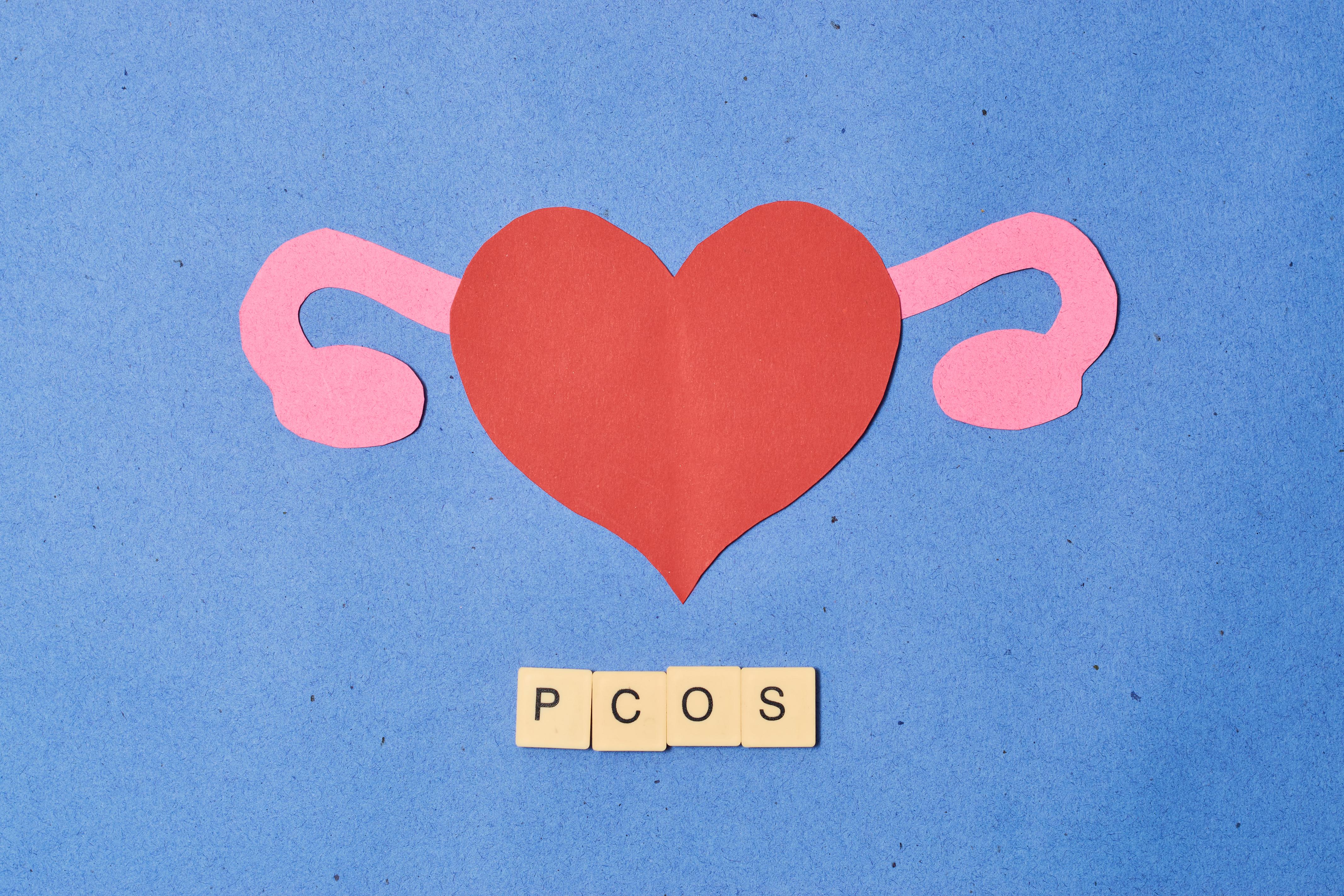11 Subtle Symptoms of Insulin Resistance You Can't Afford to Ignore
Insulin resistance is a growing health concern worldwide, often lurking unnoticed until it manifests as more severe health issues such as type 2 diabetes or cardiovascular disease. Despite its prevalence, many are unaware of the subtle signs their bodies may be exhibiting. This article delves into 11 hidden clues of insulin resistance that often go unnoticed, each revealing crucial insights into our body's complex metabolic processes. By understanding these signs, individuals can take proactive steps towards better health management. Join us as we explore these overlooked indicators and their implications on overall well-being.
1. Unexplained Fatigue: The Energy Drain

One of the earliest and most common signs of insulin resistance is unexplained fatigue. This occurs because cells in the body are unable to effectively absorb glucose from the bloodstream, which is a primary energy source. As a result, despite consuming adequate calories, the body feels drained and lethargic. This persistent tiredness can affect daily activities and overall productivity. Often dismissed as a consequence of a busy lifestyle, this type of fatigue can be a significant clue pointing towards insulin resistance. Recognizing this symptom early can prompt further investigation and timely intervention.
2. Frequent Hunger: The Insatiable Appetite

Frequent hunger, even after consuming meals, can be another hidden clue of insulin resistance. When insulin is not effectively facilitating glucose uptake by cells, the body perceives a lack of energy, triggering hunger signals. This can lead to overeating, further exacerbating insulin resistance and potentially leading to weight gain. Understanding this symptom is crucial, as it can often be misinterpreted as a need for more food rather than a sign of an underlying metabolic issue. Recognizing and addressing frequent hunger can help manage insulin levels more effectively.
3. Weight Gain: The Unseen Struggle

Weight gain, particularly around the abdominal area, is a common but often unnoticed sign of insulin resistance. Insulin plays a significant role in fat storage, and when its function is impaired, the body tends to store more fat, especially visceral fat. This type of weight gain is not only a cosmetic concern but also a risk factor for various health conditions, including heart disease and diabetes. Understanding the connection between insulin resistance and weight gain can empower individuals to make lifestyle changes that promote weight management and overall health.
4. Brain Fog: The Cognitive Cloud

Experiencing brain fog, characterized by confusion, forgetfulness, and lack of focus, can be an overlooked symptom of insulin resistance. Insulin is crucial for brain function, and when insulin signaling is impaired, it can affect cognitive abilities. This can lead to difficulties in concentrating, memory lapses, and mental fatigue. Often attributed to stress or lack of sleep, brain fog can actually be an early indicator of metabolic dysfunction. Recognizing this sign can lead to early interventions that can improve both metabolic health and cognitive function.
5. High Blood Pressure: The Silent Pressure

High blood pressure is another potential indicator of insulin resistance that often goes unnoticed. Insulin has a role in regulating blood pressure, and when resistance develops, it can lead to hypertension. This condition is often silent, showing no symptoms until it causes significant health issues. Regular monitoring of blood pressure and understanding its connection to insulin resistance can help in early detection and management. By addressing insulin sensitivity, individuals can also potentially reduce their risk of developing hypertension and related complications.
6. Skin Changes: The Hidden Messages

Skin changes, such as dark patches known as acanthosis nigricans, can be a visible clue of insulin resistance. These patches often appear on the neck, armpits, or groin and are caused by high insulin levels stimulating skin cells to proliferate. While these changes are often attributed to other dermatological conditions, they can be an important indicator of underlying metabolic issues. Paying attention to unusual skin changes and consulting with a healthcare provider can lead to early diagnosis and management of insulin resistance.
7. Elevated Blood Sugar: The Subtle Climb

Elevated blood sugar levels, even if not yet reaching the threshold for diabetes, can indicate insulin resistance. This condition occurs when the body's cells do not respond properly to insulin, leading to higher glucose levels in the bloodstream. Regular monitoring of blood sugar levels, especially in individuals with a family history of diabetes, can help detect insulin resistance early. Understanding the significance of elevated blood sugar levels can prompt lifestyle changes that improve insulin sensitivity and prevent the progression to diabetes.
8. Cholesterol Imbalance: The Lipid Link

An imbalance in cholesterol levels, particularly high triglycerides and low HDL cholesterol, is another hidden clue of insulin resistance. Insulin plays a role in lipid metabolism, and resistance can lead to dyslipidemia, increasing the risk of cardiovascular disease. Regular lipid profile tests can help detect these imbalances early. By recognizing the connection between cholesterol levels and insulin resistance, individuals can take steps to improve their lipid profile through diet, exercise, and potentially medication, thereby reducing their risk of heart-related complications.
9. Polycystic Ovary Syndrome (PCOS): The Hormonal Hint

Polycystic Ovary Syndrome (PCOS) is a condition often linked to insulin resistance, particularly in women of reproductive age. Insulin resistance can exacerbate the hormonal imbalances seen in PCOS, leading to symptoms such as irregular menstrual cycles, acne, and excessive hair growth. Addressing insulin resistance through lifestyle changes or medication can help manage PCOS symptoms and improve reproductive health. Recognizing the interplay between insulin resistance and PCOS can lead to more effective treatment strategies and better health outcomes for affected women.
10. Increased Thirst and Urination: The Deceptive Signs

Increased thirst and frequent urination are symptoms often associated with diabetes but can also be early indicators of insulin resistance. As blood sugar levels rise, the kidneys work harder to filter and absorb the excess glucose, leading to increased urine production and subsequent dehydration. This cycle results in increased thirst as the body attempts to rehydrate. Recognizing these symptoms as potential signs of insulin resistance rather than solely attributing them to diabetes can lead to earlier intervention and prevention of further metabolic complications.
11. Inflammation: The Hidden Fire

Chronic inflammation is a less obvious but significant clue of insulin resistance. Insulin resistance can lead to increased production of inflammatory markers, contributing to a state of chronic low-grade inflammation. This inflammation can affect various organs and systems, leading to a range of health issues, from joint pain to cardiovascular disease. Understanding the role of inflammation in insulin resistance can help individuals adopt anti-inflammatory diets and lifestyle changes that improve insulin sensitivity and overall health.
The Path to Awareness and Action

Understanding and recognizing the hidden clues of insulin resistance is crucial for early detection and management of this metabolic condition. By being aware of these subtle signs, individuals can seek timely medical advice and make informed lifestyle changes to improve their health. From unexplained fatigue and frequent hunger to skin changes and inflammation, each symptom provides valuable insight into the body's metabolic state. Taking action based on these clues can prevent the progression to more serious health issues, promoting a healthier and more balanced life.